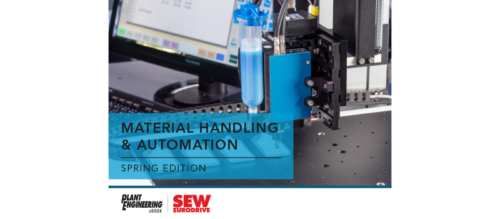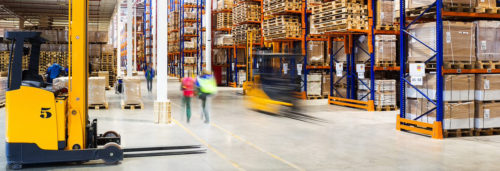What a ride!
It would be an understatement to say that 2008 was quite a tumultuous year. From a massacre on a university campus to the election of a new president to the troubles in the U.S. economy to the near-extinction of the major U.S.-based auto makers – what a ride!
It would be an understatement to say that 2008 was quite a tumultuous year. From a massacre on a university campus to the election of a new president to the troubles in the U.S. economy to the near-extinction of the major U.S.-based auto makers — what a ride!
The economy is taking its toll on many manufacturers. Those that support devastated industries such as housing or automotive have been hit harder than others. Some are hanging on, but not for long. Some may not survive. Automation companies have hung in there for the most part. However they are not unaffected. Some have been able to ride through the economic process upset.
The road ahead continues to be uncertain. What will 2009 throw at us? The economy won’t be fixed overnight. Business might get worse before it gets better. While 2008 was the year of sustainability, 2009 will probably be the year to hunker down. But hunkering down should include sustainability efforts. Efforts toward energy efficiency and environmental responsibility, within the framework of fiscal responsibility should be the mantra of every forward-thinking organization.
Using automation can help most companies be more competitive. Although that sounds like overstating the obvious, some companies have not taken advantage of the productivity enhancements that automation has to offer. It has been written many times in this column, in AppliedAutomation , in Plant Engineering magazine as well as many other trade publications: one should not automate for just for the sake of automating. Wise use of automation should be done for the right business and technical reasons.
Many process industries — by the nature of their processes — inherently must employ some form or level of automation. Try to run a refinery without the required instrumentation and DCSs. Discrete likewise represents a continuum of automation adoption. Try to run an automobile plant without robots and the communications infrastructure connecting them and their controls.
Also, automation should not be used merely to reduce worker head count. We have seen what rising unemployment does to the economy. Many responsible companies find ways to move employees to other parts of their plants when automation makes work cells or processes more efficient. For example, SEW Eurodrive in Lyman, SC invests in automation when it makes sense to do so. Employees make suggestions about how the work cells for which they are responsible could operate more efficiently by adding work enhancements such as robots for material handling.
Another example is the Square D/Schneider Electric facility in Columbia, MO. The plant recently automated its QOM2 circuit breaker line. This move reduced the number of people on that line and — coupled with some astute preventive maintenance efforts — increased the OEE for that line to world-class levels. The workers were retrained to cover other areas of the plant. And yes, both plants are doing quite well.
As we hunker down and bravely face what the coming year has to offer, I hope that AppliedAutomation will continue be a trusted source of information to help you make your plant, utility or municipality more competitive. We’ve made a few adjustments here too. AppliedAutomation will now come to you bi-monthly instead of quarterly. Each issue will cover automation for the discrete, process and batch industries. We are also giving you space to give us your opinions in “BackTalk.”
At the end of the year, maybe we can — for good reasons — say, “What a ride!”
Do you have experience and expertise with the topics mentioned in this content? You should consider contributing to our CFE Media editorial team and getting the recognition you and your company deserve. Click here to start this process.



